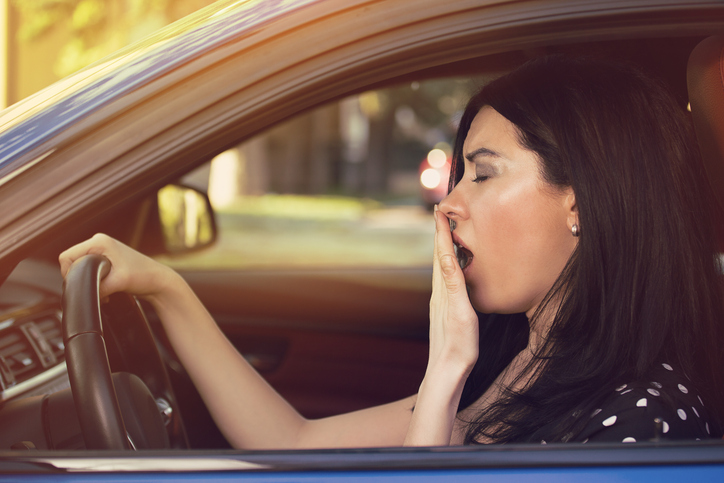Drunk driving and drowsy driving are two forms of impaired driving that can result in serious consequences. Despite the different causes of the two, there are some similarities between them.
Drunk Driving Defined
Drunk driving, also known as driving under the influence (DUI) or driving while intoxicated (DWI), is the act of operating a motor vehicle while under the influence of alcohol or drugs. It is a serious traffic offense and a major cause of accidents and fatalities on the road.
Driving under the influence of alcohol or drugs can impair a driver’s judgment, reaction time, and ability to operate a vehicle safely. It can also affect vision, coordination, and balance, making it difficult to maintain control of the vehicle.
In most countries, it is illegal to drive with a blood alcohol concentration (BAC) of 0.08 or higher. The penalties for drunk driving can include fines, license suspension or revocation, jail time, and mandatory alcohol education or treatment programs. To prevent drunk driving, it’s important to never drink and drive, designate a sober driver, use public transportation or rideshare services, or stay overnight if you’ve been drinking.
Drowsy Driving Defined
Drowsy driving is the act of operating a motor vehicle while feeling sleepy, fatigued, or exhausted. It can impair a driver’s ability to stay alert, react to sudden changes in traffic, and make good decisions behind the wheel. Drowsy driving is a serious safety issue that can lead to accidents, injuries, and fatalities on the road.
Some common causes of drowsy driving include lack of sleep, sleep disorders, medication side effects, and driving during the nighttime hours when the body is naturally more inclined to feel tired. To prevent drowsy driving, it’s important to prioritize getting enough sleep, take breaks during long drives, and avoid driving during hours when you’re typically tired.
Similarities Between Drunk Driving and Drowsy Driving:
- Both impaired driving types can result in poor driving performance and increase the risk of crashes.
- Both drunk and drowsy drivers can exhibit similar behaviors on the road, such as delayed reaction times, difficulty focusing, and making poor decisions.
- In some cases, law enforcement may have difficulty distinguishing between drunk and drowsy drivers during a traffic stop.
Differences Between Drunk Driving and Drowsy Driving:
- The main cause of drunk driving is alcohol consumption, while drowsy driving is caused by lack of sleep.
- The effects of alcohol can be measured with a breathalyzer test, while there is no equivalent test for drowsiness.
- The penalties for drunk driving are typically more severe than those for drowsy driving, due to the more significant dangers associated with drunk driving.
It is important to recognize that both drunk and drowsy driving are dangerous and can have severe consequences. Drivers should always make sure to be fully awake and alert before getting behind the wheel and avoid alcohol or drugs that can impair their driving ability. If you feel tired, it is best to pull over and take a break or find a safe place to rest before continuing your journey.
Learn about safe driving strategies and techniques with a driver safety course. Join 500,000 drivers who have selected a DriveSafe Online defensive driving course. Select I’M READY to lock in your low price now. You can begin the course whenever your schedule allows.

Patrick M. is Editorial Director for the always expanding DriveSafe Online library of courses. With over two decades of experience developing award-winning training, he now focuses on innovating online driver safety training. Pulling from his background in journalism, he steers the wheel behind the creation of top-tier content that promotes a better journey—whether on the digital highway of learning or the real roads we travel every day.
